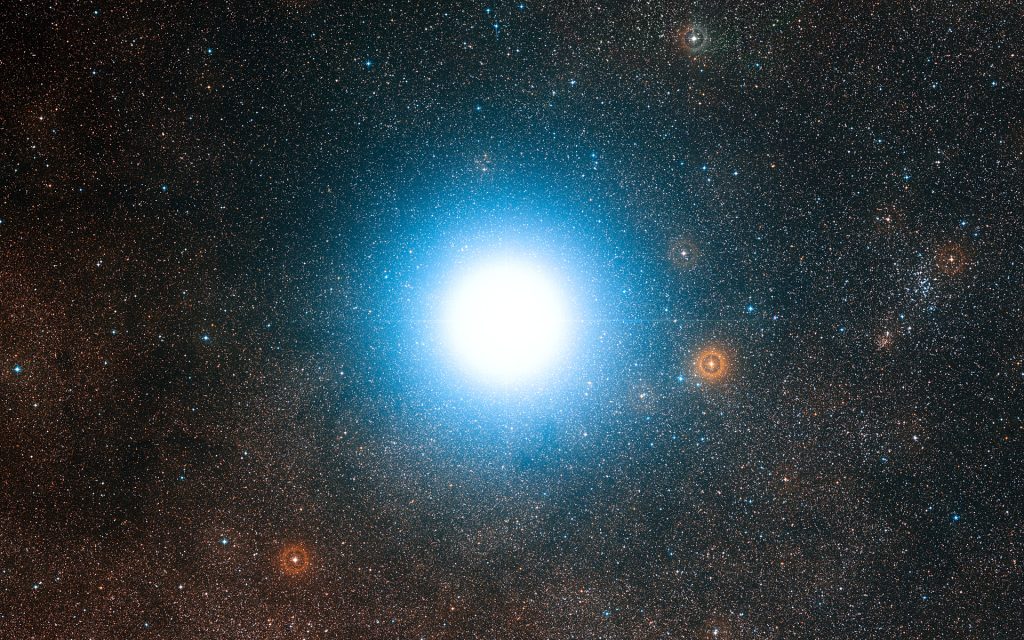
When Project Hyperion competition unveiled the victorious design of a vessel that could carry 1,000 people on a single, centuries-long trip to Alpha Centauri, the globe envisioned that, maybe, mankind would depart the planet. Chrysalis generation ship, that product of multidisciplinary vision and engineering prowess, is evidence of the feasibility as well as complexity of interstellar immigration. Under its glassy dome of cosmos and spacious, tiered homes, the ship is a symbol of decades of technological achievement in propulsion, life support, sociological engineering, and the psychological pros and cons of life in space.
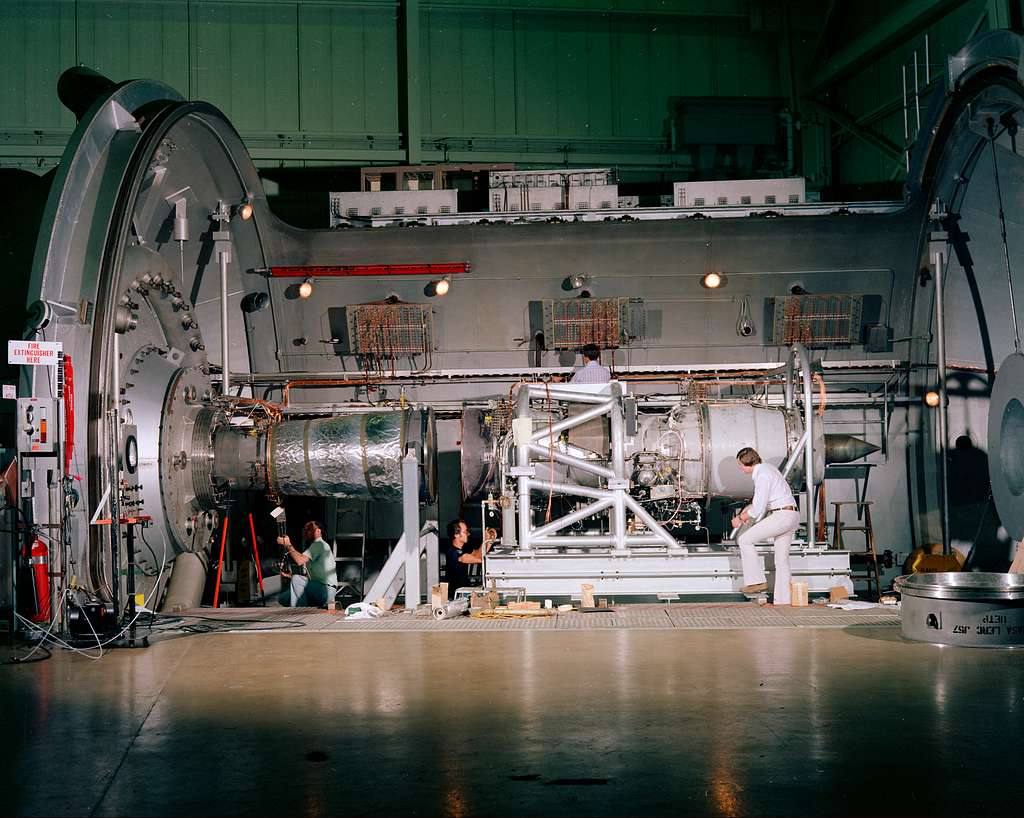
1. Fusion Propulsion and Artificial Gravity: Engineering the Journey
The central thrust in Chrysalis is a propulsion system that has enthralled generations of engineers: nuclear fusion. The ship would be propelled with a Direct Fusion Drive using helium-3 and deuterium to generate electricity along with thrust. This is currently in the domain of fantasy at this stage in time, but is the only plausible method of achieving a speed of some 10% of light, or the speed needed to travel between the stars in the case of interstellar travel to Proxima Centauri b in 250 to 400 years. The ship is gigantic: a rotating cylinder more than 58 kilometers in diameter, weighing 2.4 billion metric tons, its concentrically nested walls spinning to generate artificial gravity to counteract muscle and bone loss astronauts experience on microgravity missions.
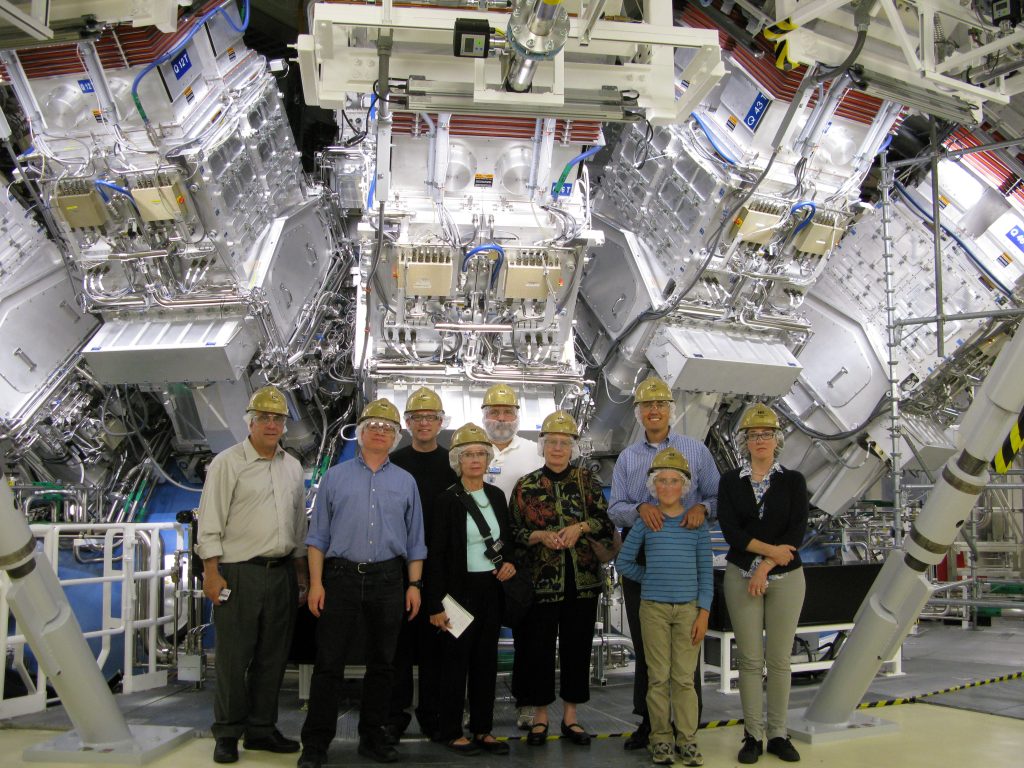
The rotation mechanism is stabilized by alternating shells that spin in opposite directions in an attempt to minimize Coriolis effects and structural stresses on accelerations and decelerations. The challenge of powering over is enormous and, with safe fusion powerplants, as enormous shadow shields and radiators to deal with waste heat as with neutron radiation shielding a challenge which can be seen in conventional simulations of fusion powered ships, where even gigawatt-scale shadow shields must be laboriously designed not to expose the crewmen to lethal dose.
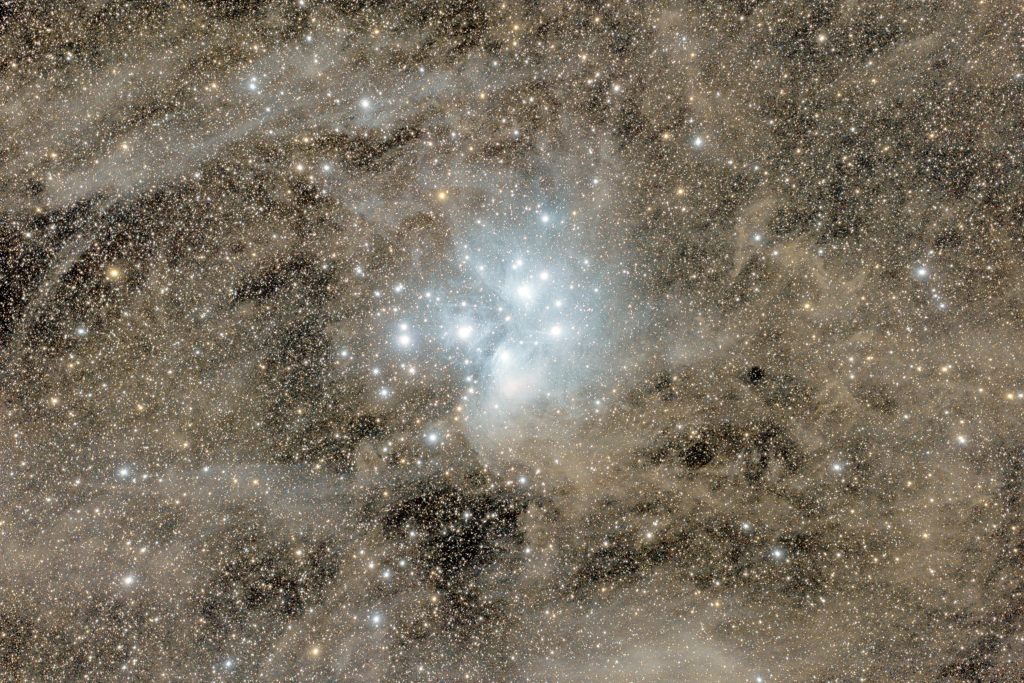
2. Radiation Shielding: Withstanding the Interstellar Medium
Dangers of deep space extend beyond time and distance. Galactic cosmic rays and micrometeoroids are deadly radiation and projectiles for hardware and biology, as well. The outermost exoskeleton of Chrysalis is built as a multi-functional shield, storage warehouse and armor plating. Hydrogen-based compounds and heavy metals are layered over each other in order to soak up and reflect radiation, and robot components to maintain and replace them over the centuries. The engineering is adopting advanced ISS shielding technologies and novel concepts such as asteroid shells or self-healing material, evidenced by several of the winning entries. Radiation control is not a luxury item technically; it is a matter of survival for a thousand years, since those tiny imperfections in the shielding would accumulate DNA damage and ecological failure.
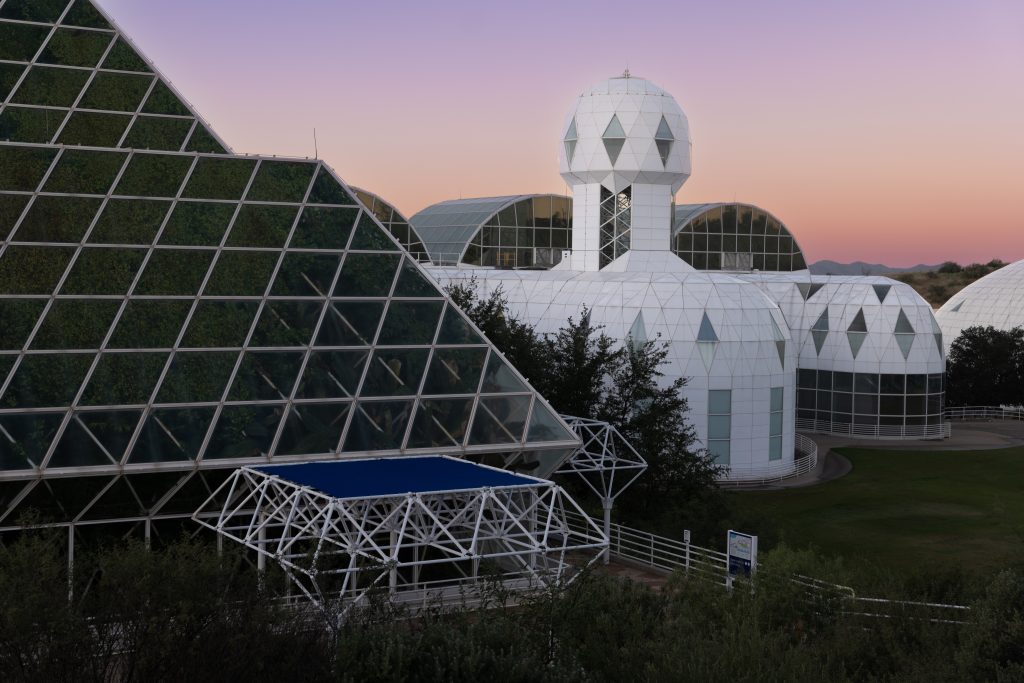
3. Closed-Loop Bioregenerative Life Support: Creating a Self-Sustaining Ecosystem
After centuries of migrating from location to location, closed-loop bioregenerative life support systems (BLSS) are no longer an indulgence, but a requirement. Within Chrysalis’ inner hulls is a collage of networked biomes, from rainforest to boreal forest, all of which recycle water, air, and nutrients. There are plants, fungi, microbes, insects, and a carefully chosen set of animals that are the building blocks of this artificial ecology. These systems take advantage of decades of laboratory and ground testbed experience such as BIOS-3, Biosphere 2, and the European MELiSSA program that have delivered and promised both the advantages and limitations of sustaining human life in closed loops. Long-duration missions demand tight integration of plant growth, waste recycling, and atmosphere control with continuous monitoring and trim to prevent system drift or failure. The on-board genetic repository stores seeds, embryos, and DNA, which will safeguard biodiversity in case of unexpected extinction and allow ecosystems to be replenished at destination.
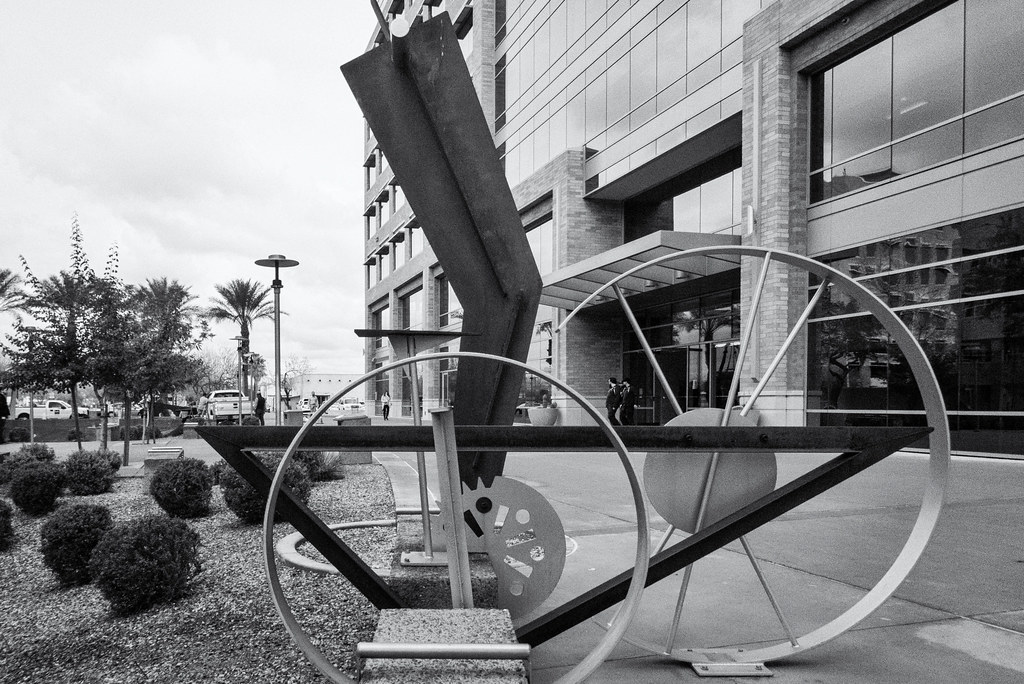
4. Trajectory Planning and Navigation: Charting a 250-Year Voyage
Charting the route of such a vessel across 4.24 light-years is a feat of celestial mechanics and forecast simulation. The arrival mission trajectory requires braking in one year, relativistic cruise for several centuries, and decelerating in the last year of arrival. Quantum-AI onboard guidance systems, using technologies already tested in asteroid missions and Mars missions, will have to perform autonomous course corrections, regulate fuel supplies, and predict hazards tasks more difficult owing to the Earth communication delay in time. Redundancy and adaptability are built into each system, sensor nets watching the external environment as well as the ship itself.
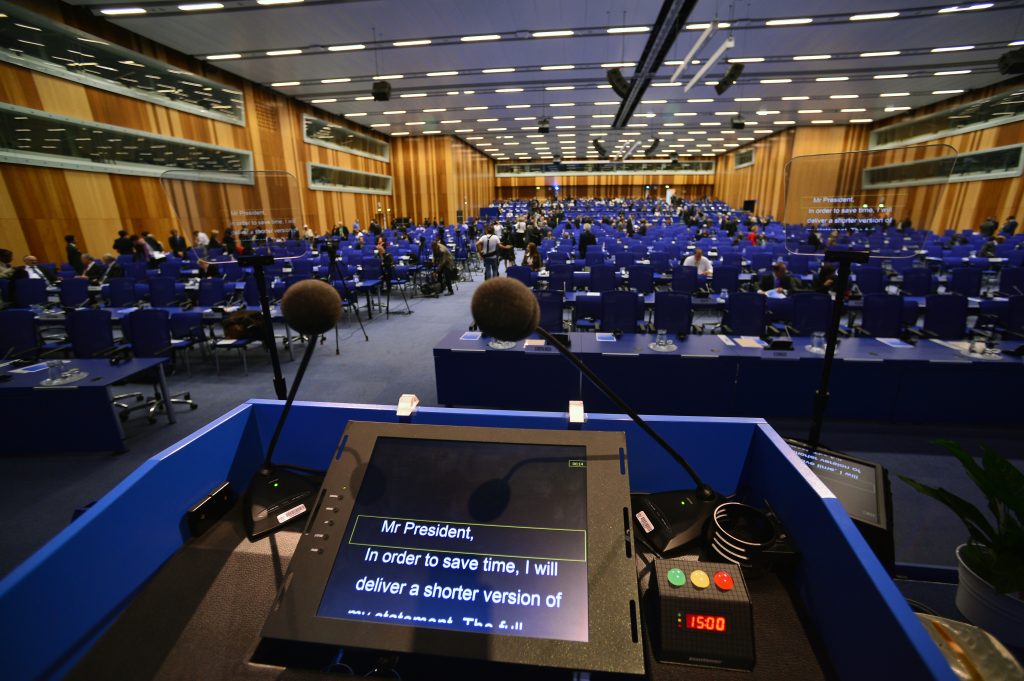
5. Social Architecture and Psychological Well-Being: Designing for Generations
Everything that makes it technology magic would be worthless if it were not a healthy, harmonious community. Social architecture is inherent in the ship’s structure: mobile resident space, parks, libraries, and recreational centers provide privacy and community simultaneously. Family quarters are mobile, providing selective kin groups and trouble-free sector mobility. Government is envisioned as a coalition of human councils and artificial intelligences with plenary assemblies yearly in the cosmos dome a dome that not only gives visual shape to the stars but situates the collective shape of the community. Pre-flight Antarctic condition training is proposed to acclimatize the foundation generation to isolation, resource constraint, and the psychological pressures of shipboard living. The form is inspired by intergenerational space exploration of community in urbanism, emphasizing interaction, empathy, and reducing age segregation.
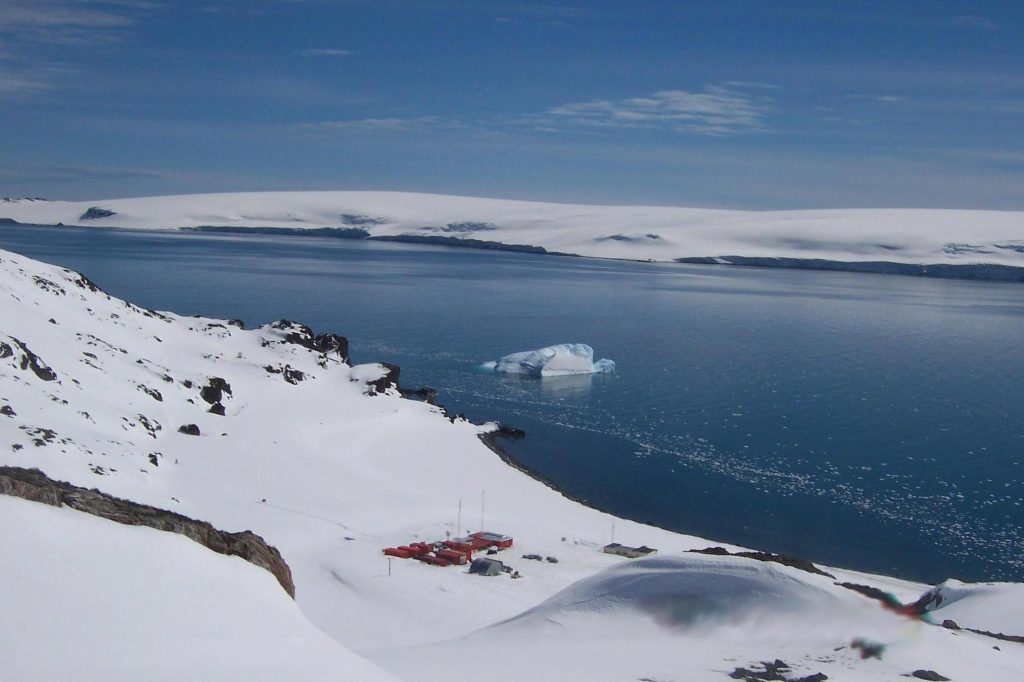
6. Knowledge Transfer and Cultural Continuity: Resisting Societal Drift
Two of the most vital challenges for any generation ship are adaptation and knowledge transfer. Chrysalis integrates formal systems of education, memories preserved from destruction, and AI-managed management of knowledge to ensure the transfer of technical competence, culture, and governance practice pure. Closed. Societies. Antarctic bases or submarines. Research highlights technological amnesia and cultural drift as the decades roll on. The ship’s architecture, from libraries to council rooms, is grand flexibility and continuity, seating each generation to just survive, yes, but to thrive and proliferate.
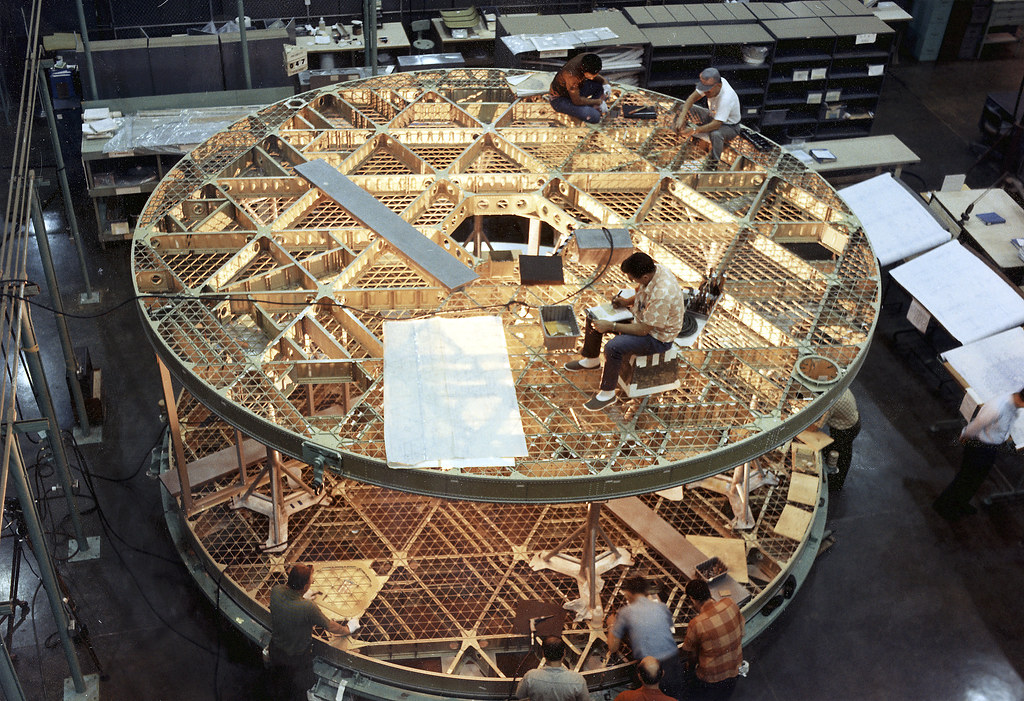
7. Implications for Earth and the Future of Space Exploration
Social and engineering innovations that Chrysalis requires are not star-bound. Technological advance in closed-loop life support, artificial gravity, and sustainable community design transfers directly from space to planet, from remote research laboratories to lunar and Martian colonies of the future. The interdisciplinary nature of the project demanding coordination among architects, engineers, biologists, and social scientists is a new standard for space mission planning. As architect and member of the Hyperion committee Yazgi Demirbas Pech put it: “A holistic approach that brings all of these so many different areas together can enable more sustainable and human-centered space travel solutions.”

A vision of ancient independent, psychologically well society traveling centuries to an unseen world is no longer science fiction. It is a nursery of engineering, a nursery of biology, a nursery of social sciences a workshop for the technologies and the values that will ultimately propel human beings beyond the nursery of the planet.


